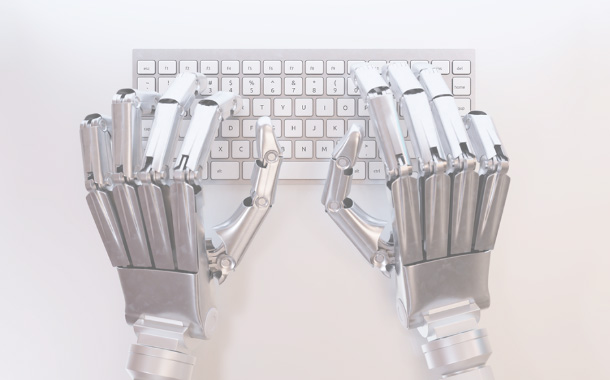Chatbots and games might not seem like the most intuitive providers of health information but for many people around the world, this technology is helping ease two barriers that prevent them from getting the care they need: distance and money.
First, for people in remote areas, the nearest health clinic can be a long distance away. In situations where time is of the essence, getting a quick diagnosis from a chatbot could be the difference between life and death. Even when the situation isn’t dire, traveling great distances can prevent people from getting health guidance that could otherwise improve their lives. Money can also be a major barrier to care. Services like therapy aren’t cheap. If chatbots can use natural language processing and machine learning to serve as a virtual therapist, and do it for a lot less money, people are more likely to seek the help they need.
One other aspect to consider is emotion: since young children are often afraid of doctors, alternative methods of diagnosis are appealing. “The AI of games are able to diagnose and treat a number of problems such as attention deficit hyperactivity disorder (ADHD), autism, visual sequential memory deficiency, speech disorders, etc. Already, some of these games have been submitted to the FDA for government approval, and more are to follow in the future,” says Shervin Shirmohammadi, IEEE Fellow and Professor in the School of Electrical Engineering and Computer Science, University of Ottawa.
So, just how likely is it that these promising technologies will catch on?
For starters, chatbots that serve as a general practitioner’s assistant already exist. And overall, “Chatbots are gradually gaining attention in the healthcare industry,” says IEEE member Sukanya Mandal. “But this is the initial stage where chatbots have just been introduced to the market. Development waits in terms of accuracy, trust, fairness, and accountability in order to be widely accepted by the audience.”
Trust and accuracy are both obviously important. More fundamental challenges also exist: those with limited accessibility to care may not be able to relay their symptoms “either because they are too sick, don’t read or write or don’t have access to communication systems,” says Karen Panetta, IEEE Fellow and Dean of Graduate Engineering at Tufts University. “Even the best chatbot can’t help you if you don’t have internet connectivity.”


